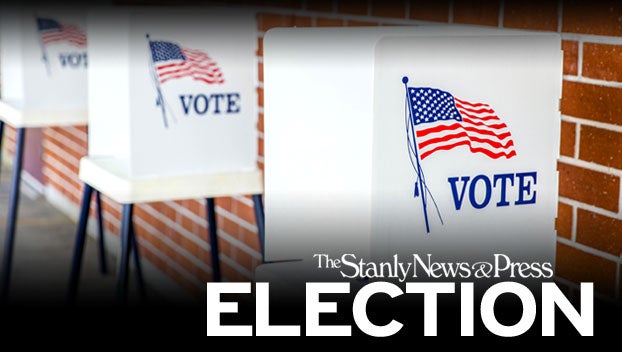D.G. MARTIN COLUMN: Red, blue or purple
Published 1:21 pm Monday, October 14, 2024
|
Getting your Trinity Audio player ready...
|
Buy this book. “Anatomy of a Purple State: A North Carolina Politics Primer” by Christopher Cooper. Read it before Election Day on Nov. 5 and you will understand a lot more about elections in our state than you do now.

D.G. Martin
Cooper is the Madison Distinguished Professor of Political Science and Public Affairs at Western Carolina University, and he is director of its Haire Institute for Public Policy. The institute is named for Phil and Connie Haire. Phil, a lawyer in Sylva, served in the legislature, on the board of governors of the University of North Carolina and as assistant majority counsel for the U.S. Senate Watergate Committee in 1973.
Haire’s death on Oct. 8 was a personal loss. He taught me about mountain politics and spent three days with me hiking the Appalachian Trail.
Cooper explains that Election Day is a misnomer in North Carolina because most votes are no longer cast on the traditional “Election Day.”
While many of us will go to the polls on Nov. 5 and cast our votes at designated polling places, most votes will be cast in other ways such as absentee and early voting.
Cooper then explains why he calls North Carolina a purple state.
States that regularly vote Republican are called red states. Those that regularly vote democratic are called blue states.
What is North Carolina — blue or red? Cooper writes, “There is no clear, concise, or agreed-upon definition for purple state.”
It would be easy to argue that North Carolina is a red state. We have two United States senators who are Republicans. The majorities in both houses of the state legislature are Republican and the Republican majority party is so strong that it can overturn any veto by the governor. It is, therefore “veto-proof.”
In presidential elections, North Carolina has voted for a Republican candidate for president of the United States in every election since 1968 except 1976 when Jimmy Carter won and in 2008 when Barack Obama won.
Why then is North Carolina not a red state? Cooper would tell us to look at our governors. The current governor, Roy Cooper (not related to Chris), was elected twice and that Josh Stein, the Democratic nominee for governor this year is likely to prevail. Also, Democrats in the cities and suburbs are competitive and often win elections to local offices.
Cooper concludes, “There is no clear, concise, or agreed- upon definition for purple state, so I (Cooper) will offer mine: a purple state is a state that holds roughly equal elements of liberal, democratic sentiment and conservative, republican sentiment. If a state is “near the middle,” let’s say in the middle percent of states, it might be thought to be “purple.” It is not necessary for purple states to “swing” from one party or the other. If a state is consistently just to the left or the right side of center, it is purple, even if the election winner does not change.
Having given his readers convincing evidence that North Carolina is a purple state, he then presents almost 200 pages with details about North Carolina elections, giving his readers the equivalent of a graduate course on the topic.
He tackles commonly held, but inaccurate beliefs. For instance, he asserts, “It is clear that women are underrepresented in North Carolina politics. That under representation exists regardless of the level of government or the part of the state and it exists even though women in North Carolina are more likely to be registered to vote than men and are more likely to cast votes than men. If you want to achieve a better-functioning government that includes more voices, you must elect more women to office.”
Read “Anatomy of a Purple State” and you will know more about North Carolina politics than your neighbors even if your favorite candidates lose on Nov. 5.
D.G. Martin, a retired lawyer, served as UNC-System’s vice president for public affairs and hosted PBS-NC’s “North Carolina Bookwatch.”



